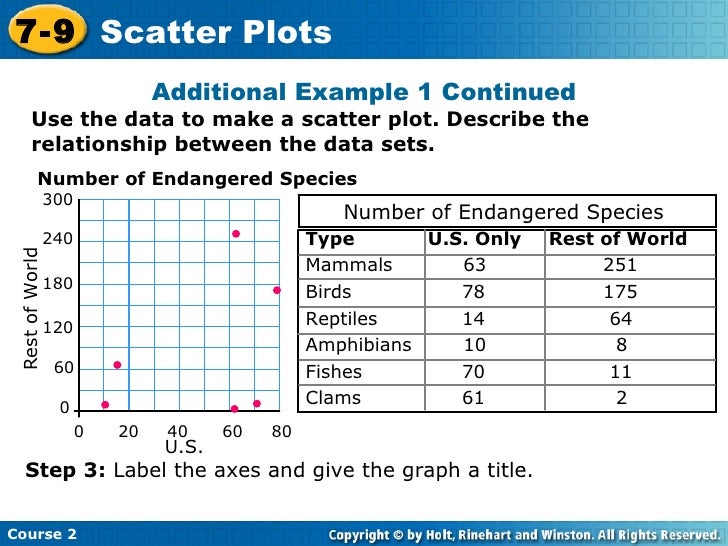

In the third episode we talked about camera mapping, surface shaders, texturing, displacement maps from Mari and Zbrush, how to ingest Substance Painter textures and did a few surfacing exercises.

We also talked about Redshift lighting tools, built-in atmospheric effects, and cameras. I shared with you my own “cheat sheets” to deal with GI and sampling. We have already discussed in depth the most basics features like global illumination and sampling. We hope you enjoy this new feature and look forward to seeing the impressive renders our users make with it.My Patreon series “Introduction to Redshift for VFX” is coming to an end. If you are a V-ray user you can still use the same feature, but currently, you must first instantiate the lights using Forest Tools. In V-Ray, only the geometry light type currently supports this feature.Īnother bonus for Corona users is the ability to use its powerful Lightmix features to adjust lights during and after render time. Second If you’re a Corona user, you’ll be pleased to know that Forest Colour can be used to randomise the tint and intensity of lights simply by adding it to the Light’s map input. To pick these from the scene, you must do it by using the add multiple button and picking the group name, or by opening the group and selecting the bounding box instead of the geometry when adding it to the items list. This is great for scattering lamp posts, light fittings and that kind of thing. First is a reminder that Forest Pack is able to scatter groups, and from now on these can include mixed groups that include both lights and geometry. Now that we can scatter lights, there are a few more things that are worth knowing.


 0 kommentar(er)
0 kommentar(er)
